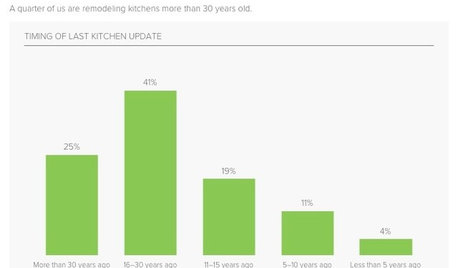Big Oil, Big Lie, big profits
The Kansas City Star
8 September 2005
Last week, as supply shortages sent the price of gasoline soaring, federal officials charged with protecting consumers quietly approved yet another oil industry merger.
Because of Hurricane Katrina news, the merger earned hardly a mention in the general press, though it created the nations largest oil refiner. And yet by giving its blessing to ValeroÂs $8 billion purchase of Premcor , the Federal Trade Commission not only reinforced its reputation as a patsy for the energy industry but demonstrated a stunning lack of political sensitivity.
Although the FTC and its staff never seem to make the link between industry consolidation, rising energy prices and record profits, Wall Street investors surely can. Over the past year, shares in Valero are up 226 percent, which, as the Financial Times pointed out last week, makes Google (only 186 percent) look like a laggard.
Listen to what Valero chief executive Bill Greehey had to say in announcing that the deal had closed: "We are in a new era for refining where I believe you will continue to see higher highs and higher lows for both product margins and sour crude discounts. And now, with 18 refineries, no one is better positioned to benefit from this than Valero."
Translation: This deal will do nothing for consumers, but itÂs a home run for investors.
HereÂs the situation: Refineries in the United States produce about 18 million barrels of refined product a day for an economy that consumes about 21 million. A completely new refinery hasnÂt been built in this country in nearly 40 years. Although Valero and others have spent $47 billion over the past decade to expand existing capacity by 13 percent, demand has grown even faster.
The reason that supply has not kept up in this industry, as in others, is simple: The industry makes more money that way. And one way the industry is better able to enforce this gentlemanÂs agreement against investing too heavily in new capacity is by reducing the number of players.
The FTC uses a different analysis. Its staff members find no evidence that this merger  or any of the dozens of others they have approved  gives the acquiring companies the power to raise prices. After all, even with this latest refinery deal, no company controls more than 13 percent of the national market or more than 20 percent of a region.
But that analysis misses the point. As long as the industry can coordinate its investments, keep supplies tight and free-ride on OPEC price fixing, there is no need to unilaterally raise prices.
The industry likes to explain away the lack of adequate refining capacity by arguing that government regulation makes building a refinery virtually impossible. The last time we heard the "government regulation" excuse, it was from Vice President Dick Cheney during the California energy crisis. It turned out that our energy maven vice president didnÂt know what he was talking about and that the real reason for skyrocketing prices was that Enron and others were secretly manipulating the market by withholding supply.
In the case of oil refineries, thereÂs no doubt that finding a new site requires much time, money and patience. But when President Bush floated the idea last year of speeding site approval by locating new refineries on inactive military bases, ValeroÂs chief operating officer declared he wasnÂt interested. When you look at industry rates of return, he told The PostÂs Justin Blum, itÂs just not worth it.
This is the oil industryÂs other Big Lie. Every year, Fortune , in its Fortune 500 issue, calculates the rate of return on shareholder equity for each major industry. Last year, when oil prices were a lot lower than they are now, the average return for both independent refiners and integrated majors was 23.9 percent. This year itÂs been even higher. And over the past decade, the return on equity in the sector has averaged 16 percent, well above the investment hurdle rates in most other sectors of the economy.













earthworm
gary__Original Author
Related Discussions
How is 'average' price of gas calculated?
Q
Price of Gas
Q
Ecowater Refiner / Softener (ERR3500) Opinions
Q
Horrible gas prices
Q
bill_h
cowboyind
steve_o
cowboyind
earthworm
iggie
steve_o
iggie
ritaotay
bill_h
gary__Original Author
bill_h
vstech